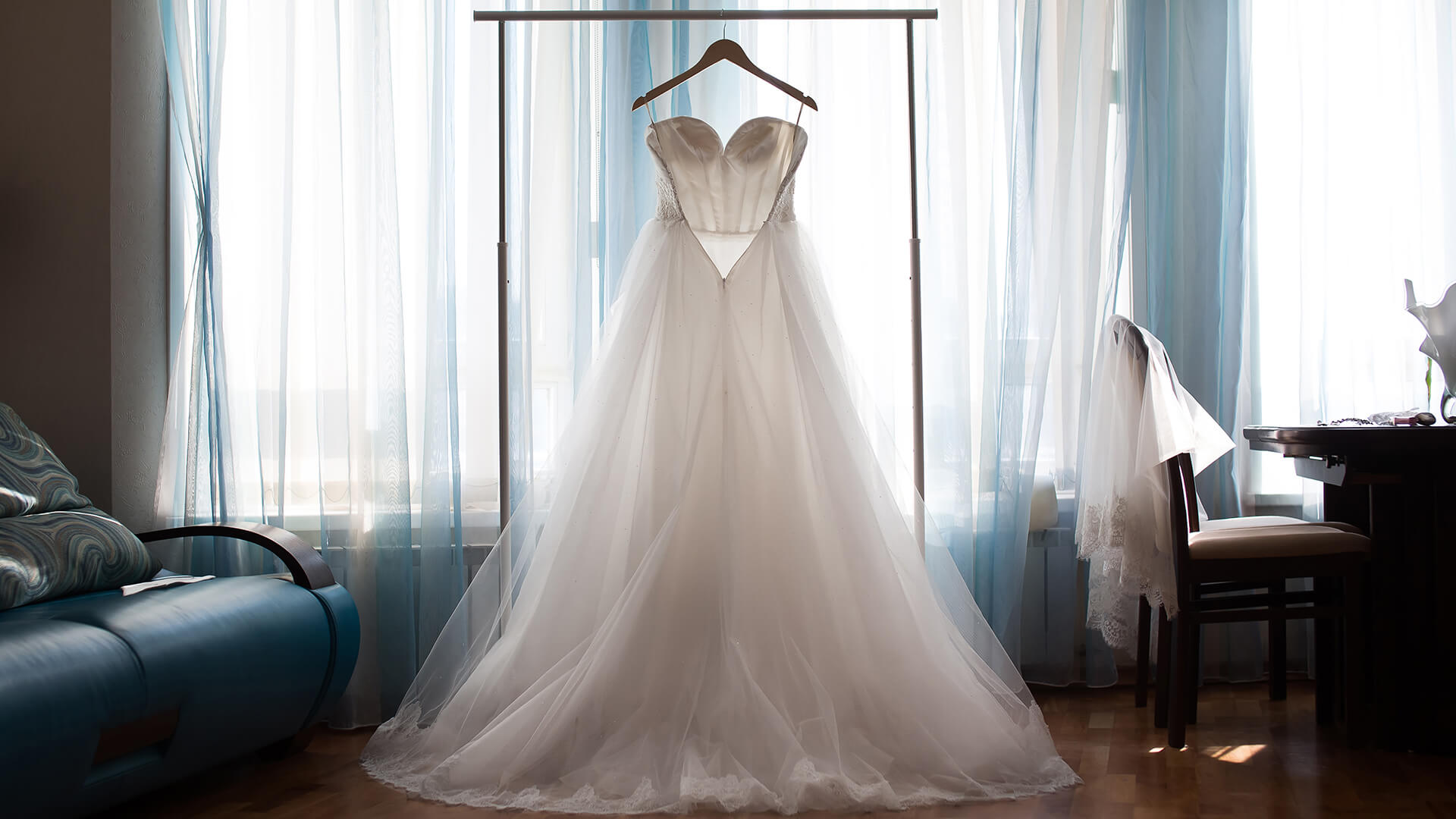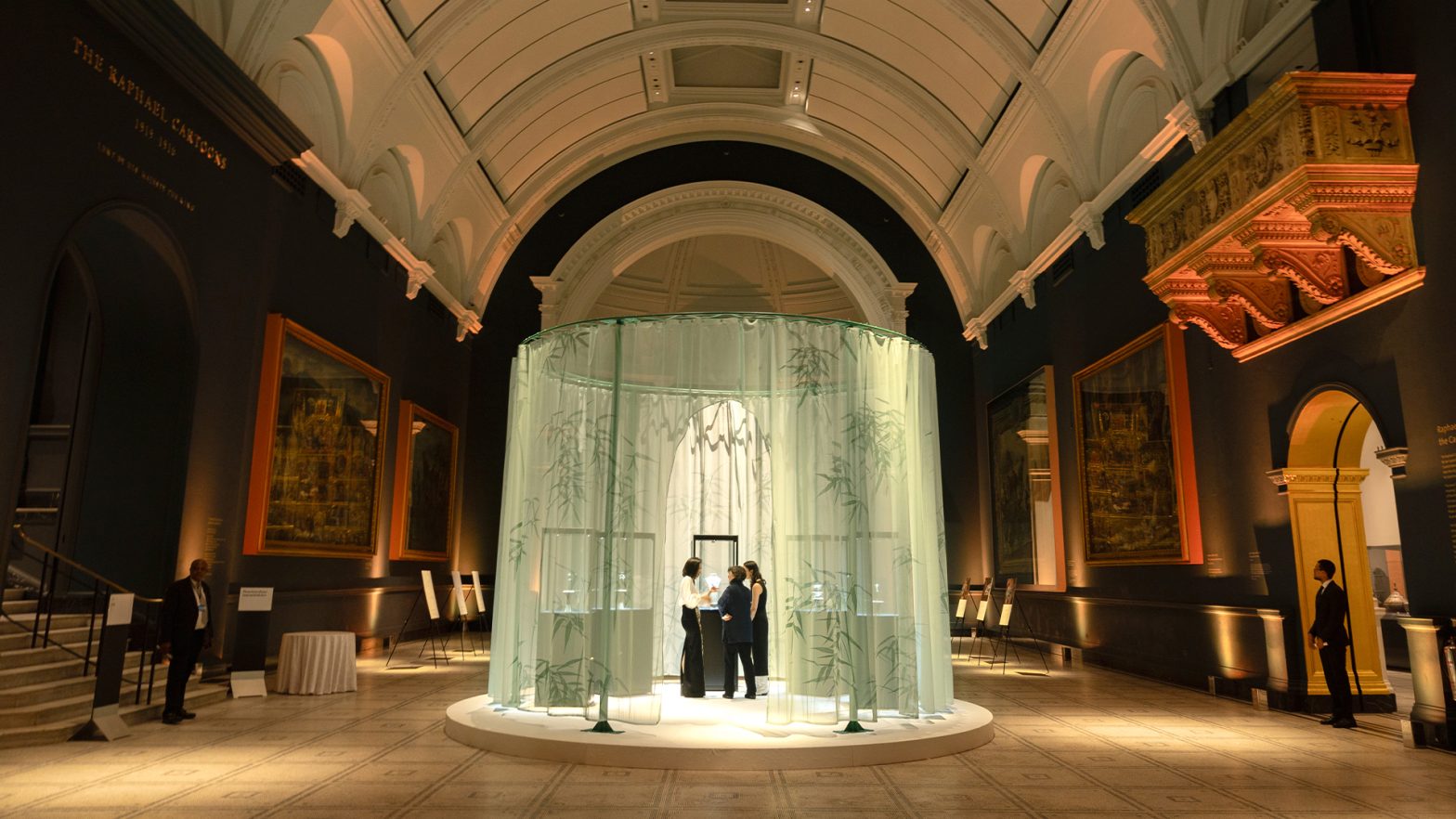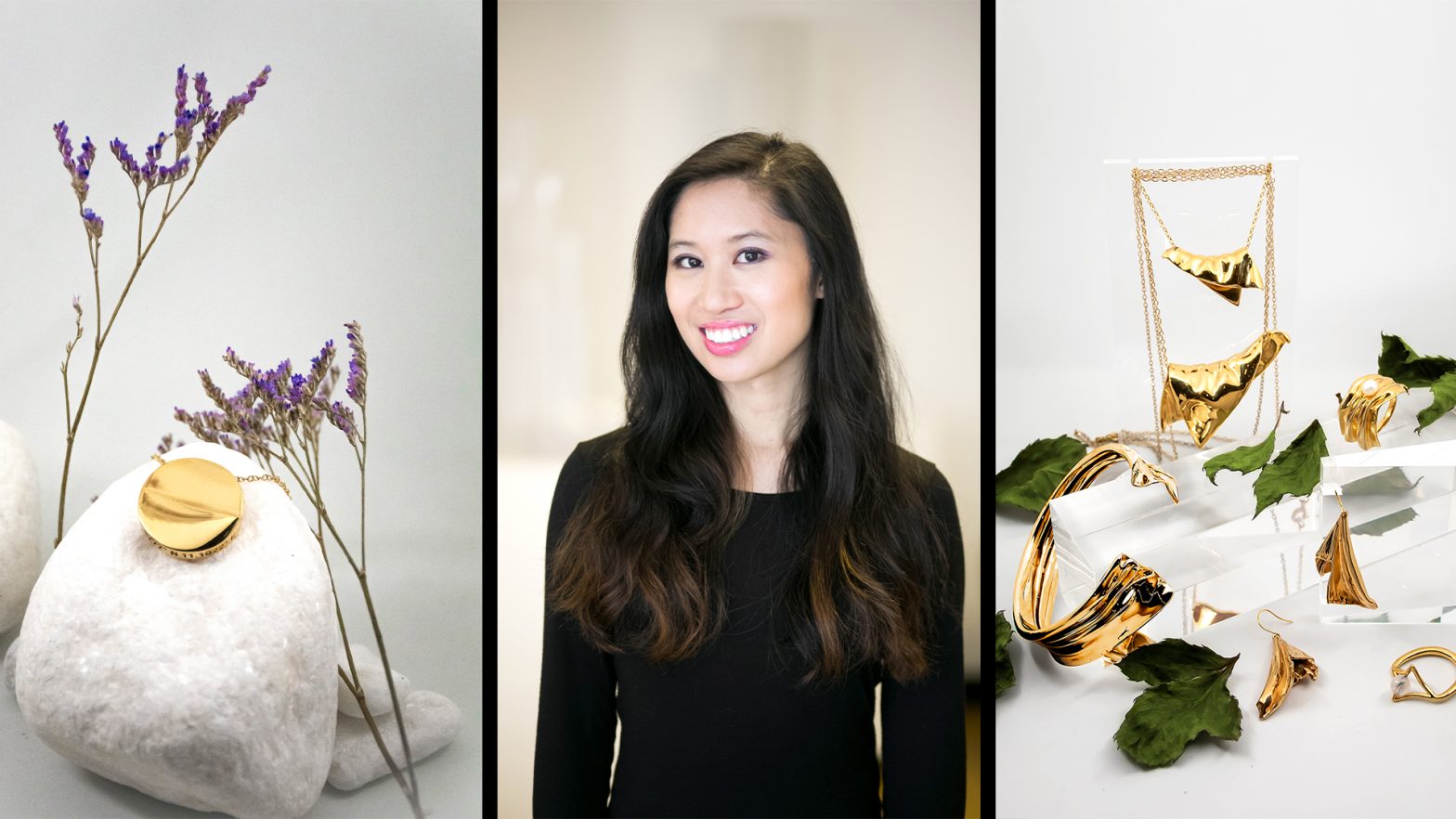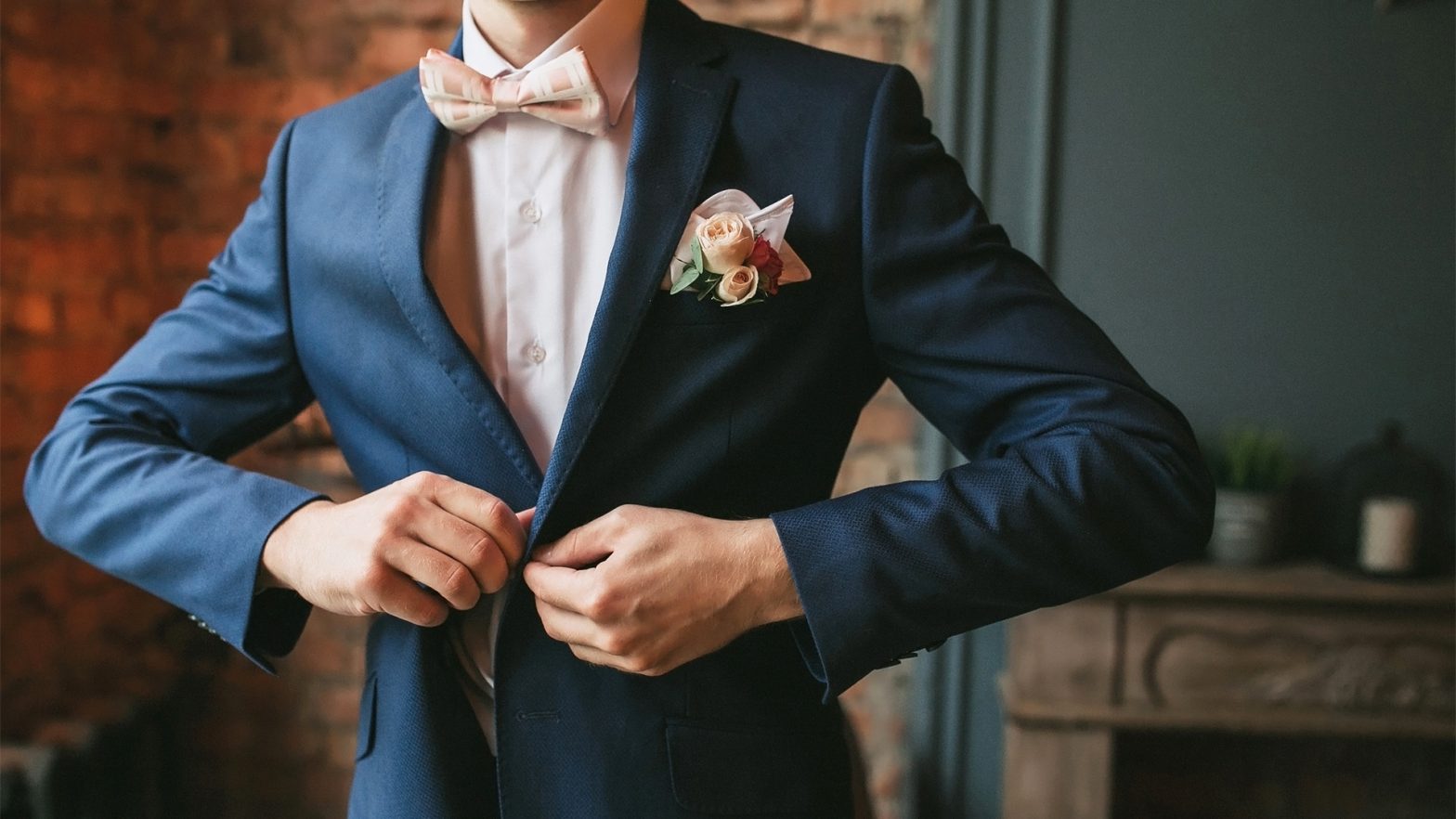Weddings are very personal affairs, but there are undoubtedly some cultural traditions that people from different countries tend to abide be when getting married. QUIZ, retailers of dresses, tell us a few weird and wonderful wedding traditions from around the world.
Weddings in Spain
A Spanish wedding is quite different from the events we enjoy in the UK. For example, they don’t include bridesmaids, groomsmen, a maid of honour or best man, and the mother of the groom walks her son down the aisle. Likewise, there are no speeches and wedding rings are worn on the ring finger of the right hand.
Back in the day, black lace was used as a bridal veil! However, modern times have seen more brides wearing a white lace dress and mantilla, a type of lace headdress. The mantilla is traditionally given by the mother of the bride, who will have it embroidered especially. The mantilla is worn with a peineta — a high comb.
As a rule, a wedding in Spain starts in the early evening or late afternoon and lasts until the early hours of the morning. Often, the groom will present his bride with 13 gold coins, each blessed by a priest. This act is said to bring the couple good fortune and symbolise the groom’s commitment to support his bride.
The orange blossom, which symbolise purity, is a popular floral choice for Spanish brides. The bride will give a small flower corsage to her girlfriends, and if a lady is single, she must wear her corsage upside down. If she loses it during the night, it’s believed that she will be next to be married!
Weddings in Germany
German weddings are packed with traditions that influence even the run-up to the big day. For example, before a future bride-to-be is even engaged, she saves away pennies, which will then be used to purchase her wedding shoes. This tradition is said to help the happy couple get off on the right foot.
Forget posting your wedding invites. In Germany, they send out a Hochzeitslader, a gentleman dressed in formal, fancy wear complete with ribbons and flowers, to hand-deliver their invitations. Guests accept the invitations by pinning a ribbon from the Hochzeitslader’s outfit onto his hat, before inviting him into their home for a drink. Depending on the guest list, this can take quite some time!
Before anything else, German couples take part in a civil ceremony. Then, a church ceremony can be held, although this isn’t required. Generally, few guests will attend the civil ceremony and the bride and groom will dress relatively simply.
German couples that have a church ceremony often then adopt the tradition of a Polterabend. Believing that negative spirits are attracted to brides, Polterabend takes place a little while after the wedding to scare them aware. On the night before the church ceremony, the bride and groom gather with their friends and family where they smash china and porcelain. The noise made is said to scare away the spirits, while illustrating that their marriage will never break. But glass is never broken, as this is believed to be bad luck.
Oddly to us, German couples may also saw logs after the weddings. A log is set up on a sawhorse and the bride and groom must work together to saw through it, illustrating their teamwork. Instead of confetti, wedding guests throw grains of rice over the bride and groom, with legend being that each grain of rice that lands in the bride’s hair symbolises a future child!
Of course, there’s always dancing at a German wedding. However, part of this is the veil dance, which is when the bride holds up her veil and both she and her groom dance underneath it. When the music stops, single women will tear pieces off the veil. The lady left with the biggest piece is said to be the next to marry. Alternatively, instead of ripping the veil, guests simply throw money into it while it is held up.
Weddings in India
India is a huge country with an extremely large population, so Indian weddings change by region. It’s not uncommon for Indian weddings to take place over several days — different to the couple’s one special day in other countries.
Before the big day, the Indian bride enjoys a Mehendi ceremony, when family and friends gather to apply the beautifully intricate henna. Tradition says that the deepness of the colour of the henna determines the bond between husband and wife and how well the bride will get along with her mother-in-law. Hidden within the henna are the names of the happy couple and it’s often painted on the palms, hands, forearms and legs.
The place of the bride’s birth will affect how she dresses on her wedding day. In some regions, the women will wear a saree (long drape) for her wedding and in others she wears a lehenga (a long skirt). It’s common for the bride to be dressed in red or another bright colour and her clothing is stitched with an outstanding design.
The spectacular fire walk is integral to Indian weddings. The marriage becomes official when the bride and groom walk around a fire four times as verses are chanted, and the couple is tied together. The husband and wife then race back to their seats, as the one who sits first is said to be the most dominant.
Weddings in China
Similar to Indian weddings, the size of China and its population mean that weddings can differ dramatically. For example, Tujia brides must cry for an hour a day every day for a month in the run-up to their wedding. After the first ten days, the bride’s mother joins her in crying daily before being joined by her grandmother. As the other women join in, it’s seen as an expression of their joy.
The Chinese Yugar culture states that women should be shot by their partners with a bow and arrow — of course, these are headless arrows. After shooting their bride three times, the arrows are broken, showing the couple’s adoration.
In China, brides also employ the use of ‘good luck women’ to help with getting ready and hairstyling. This woman is considered lucky if she has living parents, a spouse and children, and it is hoped she will pass on some of this good fortune to the bride.
On the big day, a groom will collect his bride from her house. At this time, her friends and family jokingly try to stop him getting into the building. The groom is required to prove his love for his future wife through answering a series of questions about her or even by offering money in red envelopes to buy his way into the house.
Red dresses are common in northern China, as is a Qi Pao, embroidered with gold and silver detailing. In the south, brides wear a two-piece outfit — a Qun Gua, Kwa or Cheongsam — featuring a gold phoenix or dragon detailing.
After the grand affair, brides receive a half-cooked dumpling to symbolise prosperity, as the word ‘raw’ is linked to child birth.
As odd as some of these traditions seem, they’re all carried out to display love and happiness. Will you take any inspiration from these traditions for your special day?
Sources
https://www.thelocal.de/20160613/10-things-you-need-to-know-before-attending-a-german-wedding
https://pairedlife.com/relationships/German-Wedding-Customs
https://www.donquijote.org/spanish-culture/traditions/spanish-weddings/
https://www.countryhouseweddings.co.uk/2017/06/spanish-wedding-traditions/
http://www.chinabridal.com/etiquette/guide.htm












































